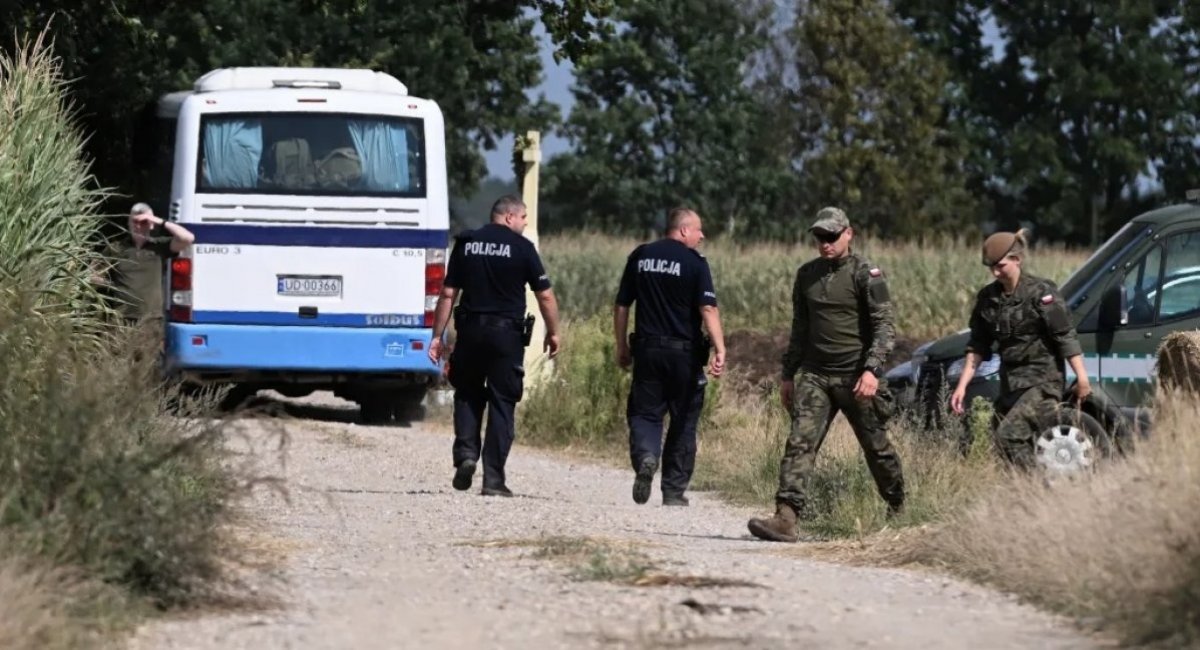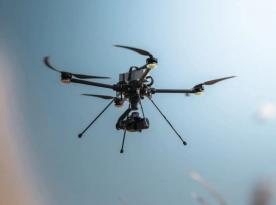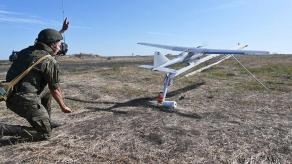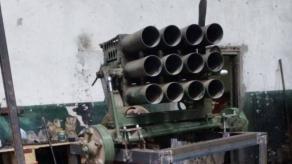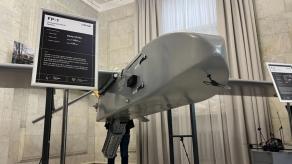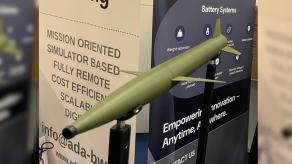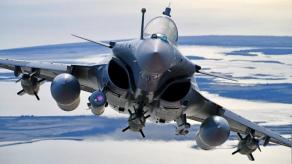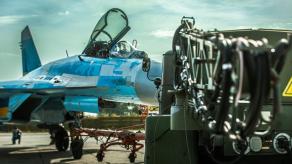After an "unidentified object" had crashed and exploded on Poland's territory, it took less than a day for Warsaw to admit it was a russian drone. For a reminder, the incident occurred around midnight on August 20 near the village of Osiny in the Lublin Voivodeship, located 100 km from the border, 70 km from Warsaw, and 40 km from a NATO air patrol base.
On the evening of August 20, Polish Defense Minister Władysław Kosiniak-Kamysz officially confirmed the event at a briefing, calling it a "russian provocation." Additional information was provided by Deputy Operational Commander of the Polish Armed Forces, Gen. Dariusz Malinowski.
Read more: Evidence Points to Another russian Shahed-136 Incursion 100 km into Poland, Warsaw Starts With Denial Again
Yet some of the new details conflict with earlier official statements. For instance, Kosiniak-Kamysz reported that a helicopter was scrambled "as usual" when the russian federation launched drones against Ukraine.
However, that morning, the Operational Command of the Polish Armed Forces made no mention of this. Instead, it stated that Polish air defense personnel "conduct round-the-clock monitoring of Polish airspace, remaining in constant readiness to ensure its security," but then emphasized that "after conducting preliminary analyses of radar system records, no violation of Polish airspace was recorded last night from either Ukraine or Belarus."
Other details do not even correlate with logic. Warsaw has already inspected the wreckage and concluded that the downed UAV was a decoy drone — but one that carried a warhead. This points to models such as the Gerbera UAV made of foam plastic or the Parodiya drone built from plywood, which sometimes carry small warheads.
"Based on our assessment, it was a so-called decoy — a decoy drone that did not carry a warhead but was equipped with a self-destruct warhead … Our assessment indicates that this drone was designed to be very difficult to detect," said General Malinowski. He added that the UAV flew at a low altitude, which further complicated detection.
Gen. Dariusz Malinowski, zastępca Dowódcy Operacyjnego Rodzajów Sił Zbrojnych: Z naszej oceny wynika, że był to tzw. wabik — dron-wabik, który nie przenosił głowicy bojowej, lecz posiadał głowicę samodestrukcyjną. Natychmiast poderwano śmigłowce w celu sprawdzenia, czy w rejonie… pic.twitter.com/dkqb5xTiTH— Ministerstwo Obrony Narodowej (@MON_GOV_PL) August 20, 2025
However, decoys are not built for stealth or reduced radar visibility as they need to divert attention from real threats.
There are also other inconsistencies: the morning report mentioned plastic fragments at the crash site, but not plywood or polystyrene. It also said the explosion in the field shattered windows in a nearby building. While the exact distance was not specified, it should be noted that russian decoys typically carry warheads of around 3 kg, which normally would not generate a shockwave strong enough to break windows in a sparsely populated area.
Another detail is the engine: a four-stroke model was found at the crash site, while common russian decoys are usually powered by two-stroke engines. That noted, it shouldn't be ruled out that the drone was a new type, perhaps equipped with an engine borrowed from a Shahed-136.
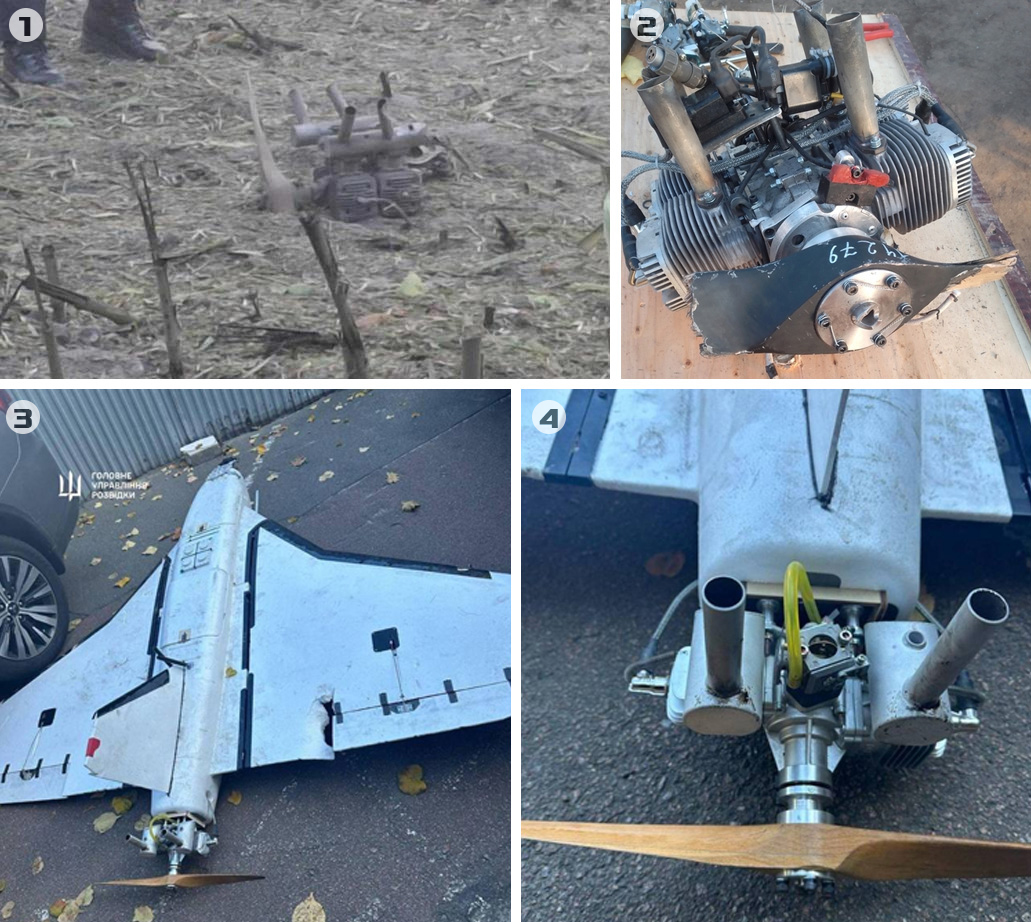
So far, Warsaw has not announced concrete follow-up measures beyond promising to "take appropriate diplomatic steps" and strengthen air defense. The defense minister also recalled that 17 incidents have been recorded in which russian drones crashed on the territory of other countries: eight in Moldova, three in Romania, three in Lithuania, two in Latvia, and one in Bulgaria.
Read more: Dispute Over Drone Production for Ukraine at Renault Exposes russian Footprint in French Trade Unions



